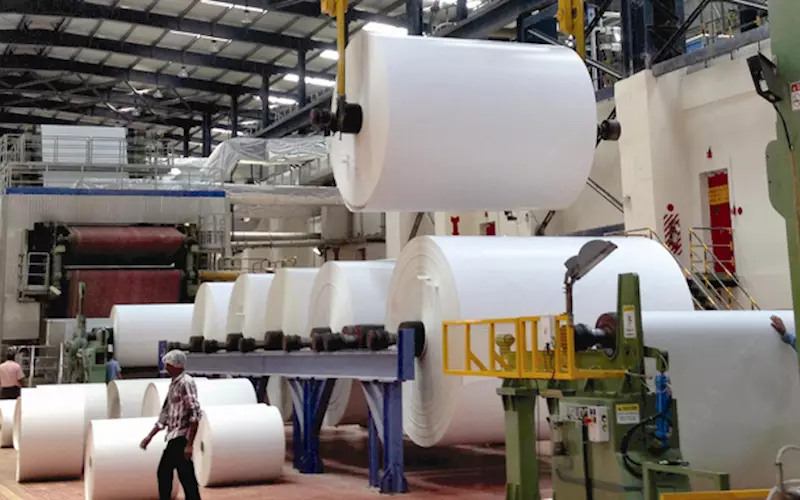Indian mills concerned about 28% rise in paper imports
"Indiscriminate import of paper is hurting the interests of domestic industry which does not enjoy a level playing field vis-à-vis imports from countries where cost of production of paper is a fraction of cost in India as raw material, inputs and energy is much cheaper and easily accessible", Indian Paper Manufacturers Association (IPMA) has said in a communication to the Government.
04 Sep 2017 | By Rahul Kumar
Import of paper and paper board saw a 28% rise in 2016-17. A year ago, the import was 14.17 lakh tonnes.
As per the communication, the imports of paper and paperboard into India have been increasing steadily year after year. In the last six years, imports have risen at a CAGR of 15.8% in value terms and 17.6% in volume terms.
Meanwhile, Saurabh Bangur, president, Indian Paper Manufacturers Association (IPMA) and vice chairman of West Coast Paper said, “Domestic paper manufacturers find it difficult to be globally competitive due to non-availability of raw materials like wood, agro residue or recycled fibre which significantly impacts the cost of paper production. Due to lack of competitiveness, cheap imports are growing. Imports of paper and paperboard at zero duty under the free trade agreements (FTAs) have compounded the problem.”
As per Directorate General of Commercial Intelligence and Statistics (DGCIS) data, imports from ASEAN region have risen at a CAGR of more than 40 per cent during the past three years.
In the last round of investments between 2006 and 2015, paper mills had added over 3 million tonnes of annual production capacity in printing and writing paper at an investment of USD5 billion (Rs 3000 crore approximately).
The total annual domestic demand for paper, including newsprint, is about 15 MT, according to industry estimates with the total domestic production capacity of 12 MT, has already been absorbed by the market.
According to Bangur, the paper industry is ready for the next round of capacity expansion but for raw material security. Pulp wood shortage is said to impact competitiveness.
“The government should consider making available some part of the country's degraded forest land for pulpwood (+ fuel wood/fodder) plantations under a collaborative arrangement, so that the Indian paper industry can access raw material at competitive rates and become globally competitive. Even providing 10% of degraded forest land for raising pulpwood plantation in collaboration with paper industry would make available approximately 2.5 million hectares of productive plantation,” Bangur explained.
According to him, the industry has immediate expansion potential in tissue paper and packaging boards with packaging board demand is estimated at 7.5 MT and growing at 9.4 per cent.















 See All
See All